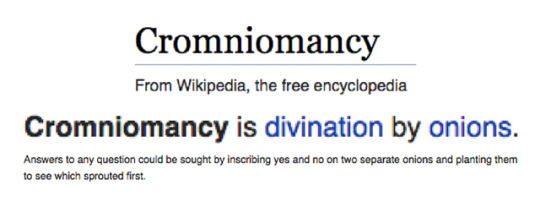Don't wanna be here? Send us removal request.
Photo





The only thing faster than light is the darkness.
A Wrinkle in Time (2018) dir. Ava Duvernay
15K notes
·
View notes
Photo

Rex knew he only had 2 hours to stitch reality back together again before his owners got home.
2K notes
·
View notes
Text
Magnetospheres: How Do They Work?
The sun, Earth, and many other planets are surrounded by giant magnetic bubbles.
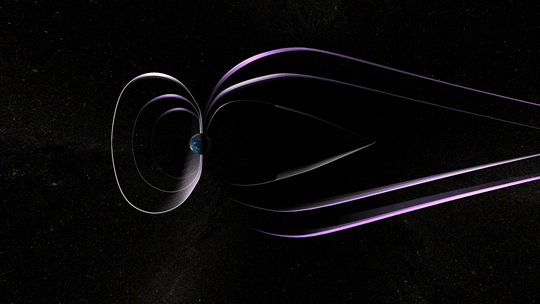
Space may seem empty, but it’s actually a dynamic place, dominated by invisible forces, including those created by magnetic fields. Magnetospheres – the areas around planets and stars dominated by their magnetic fields – are found throughout our solar system. They deflect high-energy, charged particles called cosmic rays that are mostly spewed out by the sun, but can also come from interstellar space. Along with atmospheres, they help protect the planets’ surfaces from this harmful radiation.
It’s possible that Earth’s protective magnetosphere was essential for the development of conditions friendly to life, so finding magnetospheres around other planets is a big step toward determining if they could support life.
But not all magnetospheres are created equal – even in our own backyard, not all planets in our solar system have a magnetic field, and the ones we have observed are all surprisingly different.

Earth’s magnetosphere is created by the constantly moving molten metal inside Earth. This invisible “force field” around our planet has an ice cream cone-like shape, with a rounded front and a long, trailing tail that faces away from the sun. The magnetosphere is shaped that way because of the constant pressure from the solar wind and magnetic fields on the sun-facing side.
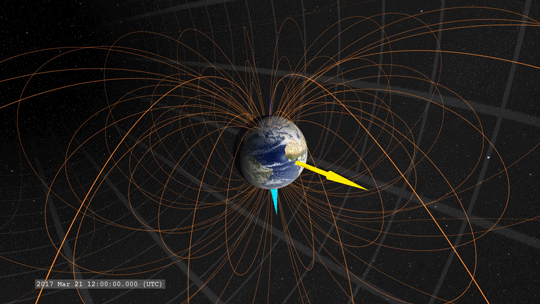
Earth’s magnetosphere deflects most charged particles away from our planet – but some do become trapped in the magnetic field and create auroras when they rain down into the atmosphere.

We have several missions that study Earth’s magnetosphere – including the Magnetospheric Multiscale mission, Van Allen Probes, and Time History of Events and Macroscale Interactions during Substorms (also known as THEMIS) – along with a host of other satellites that study other aspects of the sun-Earth connection.
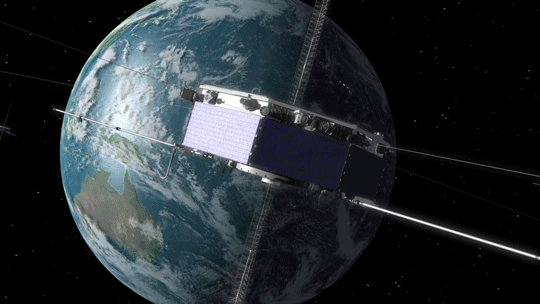

Mercury, with a substantial iron-rich core, has a magnetic field that is only about 1% as strong as Earth’s. It is thought that the planet’s magnetosphere is stifled by the intense solar wind, limiting its strength, although even without this effect, it still would not be as strong as Earth’s. The MESSENGER satellite orbited Mercury from 2011 to 2015, helping us understand our tiny terrestrial neighbor.


After the sun, Jupiter has by far the biggest magnetosphere in our solar system – it stretches about 12 million miles from east to west, almost 15 times the width of the sun. (Earth’s, on the other hand, could easily fit inside the sun.) Jupiter does not have a molten metal core like Earth; instead, its magnetic field is created by a core of compressed liquid metallic hydrogen.

One of Jupiter’s moons, Io, has intense volcanic activity that spews particles into Jupiter’s magnetosphere. These particles create intense radiation belts and the large auroras around Jupiter’s poles.

Ganymede, Jupiter’s largest moon, also has its own magnetic field and magnetosphere – making it the only moon with one. Its weak field, nestled in Jupiter’s enormous shell, scarcely ruffles the planet’s magnetic field.
Our Juno mission orbits inside the Jovian magnetosphere sending back observations so we can better understand this region. Previous observations have been received from Pioneers 10 and 11, Voyagers 1 and 2, Ulysses, Galileo and Cassini in their flybys and orbits around Jupiter.

Saturn’s moon Enceladus transforms the shape of its magnetosphere. Active geysers on the moon’s south pole eject oxygen and water molecules into the space around the planet. These particles, much like Io’s volcanic emissions at Jupiter, generate the auroras around the planet’s poles. Our Cassini mission studies Saturn’s magnetic field and auroras, as well as its moon Enceladus.
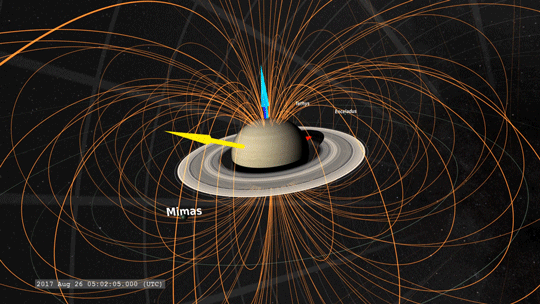

Uranus’ magnetosphere wasn’t discovered until 1986 when data from Voyager 2’s flyby revealed weak, variable radio emissions. Uranus’ magnetic field and rotation axis are out of alignment by 59 degrees, unlike Earth’s, whose magnetic field and rotation axis differ by only 11 degrees. On top of that, the magnetic field axis does not go through the center of the planet, so the strength of the magnetic field varies dramatically across the surface. This misalignment also means that Uranus’ magnetotail – the part of the magnetosphere that trails away from the sun – is twisted into a long corkscrew.


Neptune’s magnetosphere is also tilted from its rotation axis, but only by 47. Just like on Uranus, Neptune’s magnetic field strength varies across the planet. This also means that auroras can be seen away from the planet’s poles – not just at high latitudes, like on Earth, Jupiter and Saturn.

Does Every Planet Have a Magnetosphere?
Neither Venus nor Mars have global magnetic fields, although the interaction of the solar wind with their atmospheres does produce what scientists call an “induced magnetosphere.” Around these planets, the atmosphere deflects the solar wind particles, causing the solar wind’s magnetic field to wrap around the planet in a shape similar to Earth’s magnetosphere.

What About Beyond Our Solar System?
Outside of our solar system, auroras, which indicate the presence of a magnetosphere, have been spotted on brown dwarfs – objects that are bigger than planets but smaller than stars.
There’s also evidence to suggest that some giant exoplanets have magnetospheres. As scientists now believe that Earth’s protective magnetosphere was essential for the development of conditions friendly to life, finding magnetospheres around exoplanets is a big step in finding habitable worlds.
Make sure to follow us on Tumblr for your regular dose of space: http://nasa.tumblr.com
3K notes
·
View notes
Photo

“Flatiron” one of a series of large format silkscreen prints currently on view at the cartoon museum in Basel/Switzerland. (For all available editions click link in bio).
22 notes
·
View notes
Text
How Humans Change Space Itself
It’s no surprise that humans influence the surface of our planet, but our reach can go farther than that. Humans affect space, too.

We know storms from the sun can naturally change the space environment around Earth, which can have an impact on satellites and power grids.

Scientists now know that Cold War era nuclear tests in the 1950s caused similar effects.
Particles around Earth are organized into layers known as radiation belts. These 1950s tests created a temporary extra layer of radiation closer to Earth.

The effects of this could be seen all around the world. Aurora appeared at the equator instead of the poles, utility grids in Hawaii were strained, and in some cases, satellites above test sites were affected.

Some types of communications signals can also affect Earth’s radiation belts.
Very low-frequency waves, or VLFs, are used for radio communications. They are often used to communicate with submarines, because these waves can penetrate deep into the ocean.

The waves can also travel far into the space environment around Earth. When these waves are in space, they affect how high-energy particles move, creating a barrier against natural radiation.
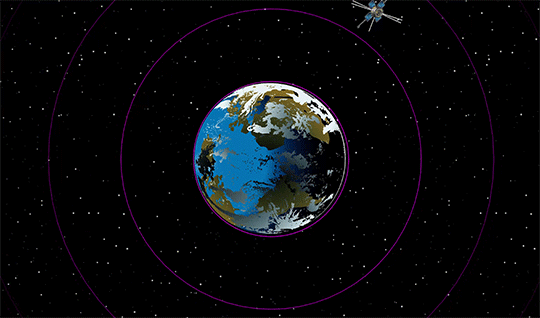
The outer edge of this radio-wave barrier corresponds almost exactly the inner edge of Earth’s natural radiation belts – meaning it could be human activity that at least partly shapes this natural radiation around Earth.

For more NASA sun and space research, visit www.nasa.gov/sunearth and follow us on Twitter and Facebook.
Make sure to follow us on Tumblr for your regular dose of space: http://nasa.tumblr.com
2K notes
·
View notes
Photo

The interior of the Millenium Falcon was something of a disappointment.
2K notes
·
View notes
Video
tumblr
Click here to learn how the coolest snowman in the galaxy was created, from StarWars.com’s Kristin Baver.
1K notes
·
View notes
Photo

Unique tileworks of Iran by $ALEH http://flic.kr/p/pgKTgq
86 notes
·
View notes
Photo

Sternenhimmel by mimo b. rokket http://flic.kr/p/pb4ss3
127 notes
·
View notes
Photo


Over the last year, florist Geoffroy Mottart has constructed elaborate plant arrangements in the form of flower crowns and beards that he installs on public monuments around Brussels. The temporary urban interventions titled Fleurissements last only for a day or so before being removed, but it gives the artist enough time to take a few photos which he shares on Instagram.
via This is Colossal
583 notes
·
View notes
Photo

Sometimes I think I’m just too good looking.
800 notes
·
View notes










